Deeper learning? What do we observe that indicates deeper learning, learning that goes beyond surface information, inert knowledge and mundane regurgitation of facts? What is the evidence that teachers look for to determine that deeper learning is occurring? What qualifies as high quality student work that truly impacts students’ ability to think, problem solve, make a decision and to innovate with ideas?
The word most often referenced when educators talk about deeper learning is rigor, a more rigorous approach to learning. In fact, several years ago, if you Googled the word rigor with Common Core, rigor appeared 280,000. Not surprisingly, when Googled today, rigor appears 872,000 times. Yes, rigor probably does signify deeper learning, yet, the mystery is still there because we’re not sure exactly what we see when we look for deeper learning or for rigor. Both are unclear. Perhaps one appropriate response comes in the form of a question, that we ask, “Are we causing kids to think?”
Are We Causing Kids to Think?
With this initial, provocative question, others follow. How do we know if we are causing kids to think? What evidence do we have? This reflection might lead us to the specifics about rigorous thinking, needed for effective, accurate and telling observations that signal increasing rigor in the K–12 classrooms.With that in mind, a brief delineation of what to look for when observing lessons for deeper learning is divided into two distinct kinds of evidence. One is Observable Evidence and the other is Detectable Evidence.
Observable Evidence is readily obvious, easy to see behavior (designated team roles), to record (graphic organizers making thinking visible) and to understand (oral presentations to the group). It is, also apparent in the actual thinking skills used as students address the assignment. Notice, in this vignette, the group was able to think through the process in a fairly efficient way and kept going a little deeper into the profile needed.
Three teens are sitting with desks pushed together, discussing the social studies question of “How do you know a leader?” They have generated and thrown out a bunch of random ideas, and soon make the decision to organize their ideas in some way. One suggests that they need to examine different kinds of resources-accomplishments (hard data), appearance (photos), personality (social media) and intuitive, gut feelings (charisma) that need airtime to determine one’s potential for leadership and they set out to develop a grid to capture their thinking.
Detectable Evidence is less apparent with subtleties that are obscured by the complexities of trying to track mindfulness (schematics of mental reasoning), unstated collaborations (intuitive sharing of space, tasks, credit, etc) and multi-layered, multi-staged projects (authentic, improvised and still incomplete). Detectable evidence is sometimes barely noticeable, yet, it is possible with patience, probing and practice, to discern, to perceive the existence of deeper learning. One effective method is to not merely observe from a distance, but to immerse oneself in a student, learning scene in the classroom and talk to the learners about what they are doing. Notice, in this scenario how aware students are of the assignment, the interest and enthusiasm they demonstrate, and the optimism of ownership in their responses.
In a primary classroom, the teacher is using an inquiry approach, with problem-based learning. The students have been working with PBL all year long. Two students, one is searching on the computer, the other, is standing behind him, explaining what they are doing and why they are doing it.
He says, “We have a student in our class who has cystic fibrosis, so we are learning as much as we can about this condition to see how we can help. We are hopeful that we may be part of finding a cure someday.”
The student at the computer turns to add, “We are learning to be more fussy about what we want to use from our searches. In fact, we’re getting very fussy as we look a different sites.”
“Wow, that is quite an undertaking. Tell me more.”
“Well, it is a lot of work, but we know it’s important. We are even writing to other families affected by CF and hope to Skype with some of them to learn first hand what it’s like for them.”
Six examples of each kind of observational evidence is presented to illuminate the delicacy and difficulties of this kind of in depth observation. After reading these, it may help if we try to envision some from our own experiences as seasoned educators.
Observable Evidence of Deeper Learning
- Student involvement spills over the time can be tracked: “Often do more on own time.”
- Constant, natural, back and forth talking: “What’d’ya think?” “Yeah, let’s go with it?”
- Questions about process along the way: “What do you think we should do next?”
- Multi-layered, sequentially driven tasks: Following a lead to the next reference, and the next etc.”
- Student-initiated questions to teacher and team: “How could we access this?”
- Noticeable progress, with unexpected turns needed to proceed: “Facts about research have changed or advanced from original findings.”
Detectable, Subtle Signs of Deeper Learning
- Extended conversations between team members: “Let’s talk at lunch or do ya’ wanna get together after school?
- Lengthier, more elaborate explanations are witnessed: “The genesis of this idea was from, and has evolved from…”
- Predicting, drawing conclusions, making inferences and generalizing: “You know what I think? I think we might be on the wrong path. We forgot about to include the earlier numbers…”
- Multiple pathways to the solution, looking for the best: “We did three different trials and have data to show the most reliable, the most cost-effective and the most durable. We need to zero in on the primary criterion.
- Strategies for problem solving are used and are reflected upon: “We got stuck here in the problem, but asked for help from the other team, and they got us going again.”
- Ability to explain competently the reasoning behind the decision or give a logical defense of the answer: “It didn’t seem right at first, but we knew we were on a commonsense path, so we kept going…and it all worked out.”
Developing Connoisseurs of Deeper Learning
As developing connoisseurs of deeper learning, we are perfecting our eye for the significant and the insightful. We look for students gaining confidence in their opinions, able to support their ideas and even argue their point convincingly; or, for the ones thoroughly engrossed in the task at hand and using specific language to discuss the finer points of their investigation, showing signs of going deeper than the norm.
We must embrace the idea that deeper learning, much like creativity, is evasive and hard to define. Yet, we can also accept the fact that somehow we seem to know when something seems uniquely different, when something stands out from the rest and just strikes us as creative. Observing deeper learning carries that same mystic. Without being fully versed in the intricacies of deeper learning, we do seem to know when students are intensely engaged in an endeavor and that hunch that something special is going on there is probably a sign of deeper learning.
As the observations for these complexities of deeper learning become more familiar and we find more, precise cognitive language to describe them, the observation also become more accessible, more accurate and more purposeful. It’s deeper thinking, deeper conversations and deeper conclusions… about deeper learning that will continue to inform our practices in the classroom.
[author_bio id=”341″]
[author_bio id=”53″]


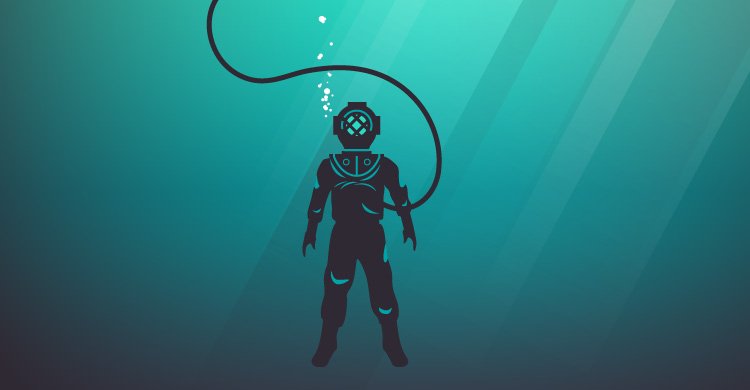
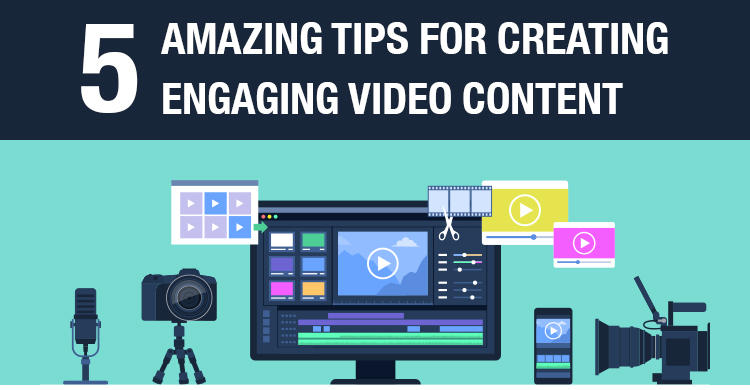
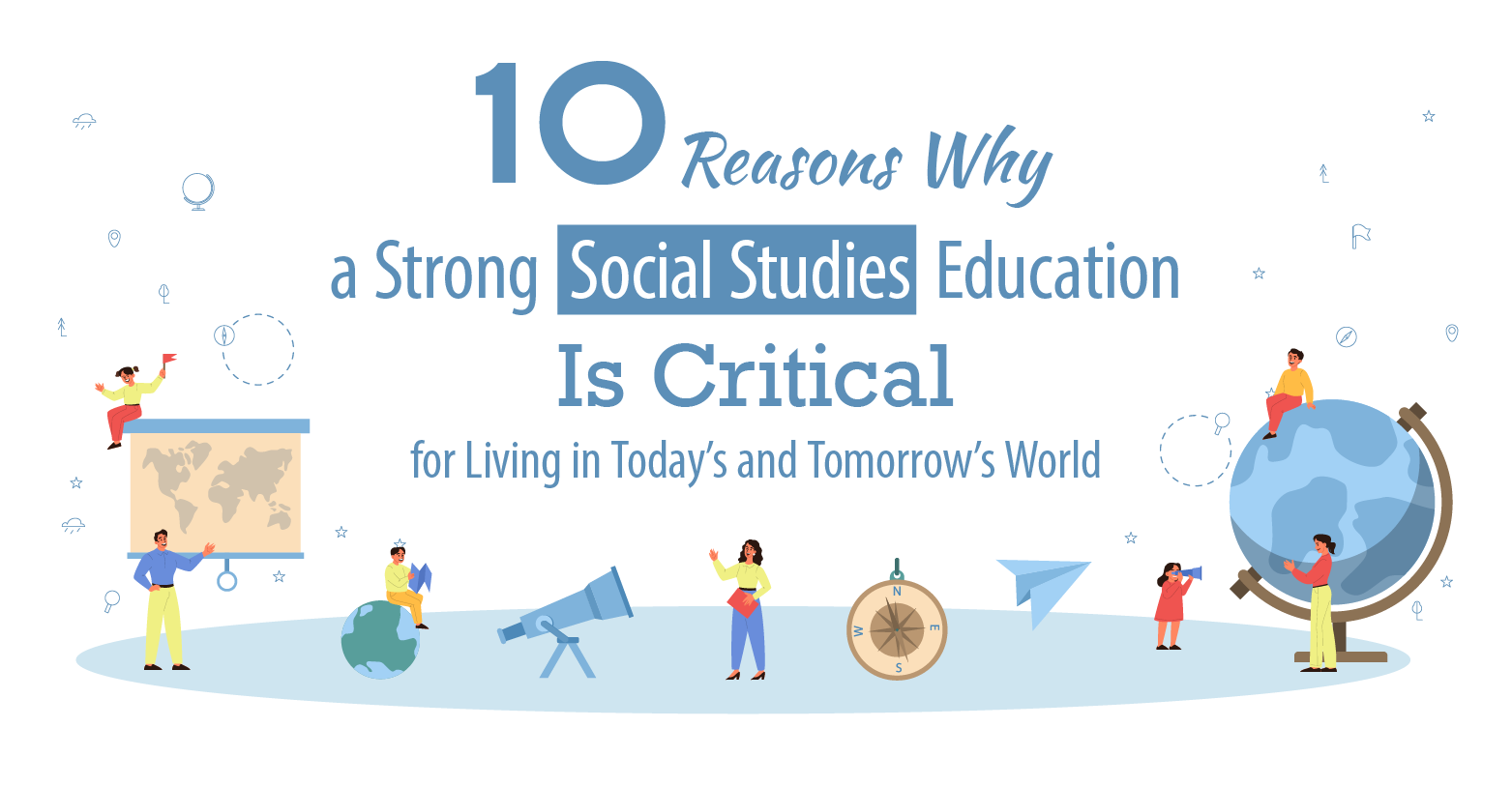
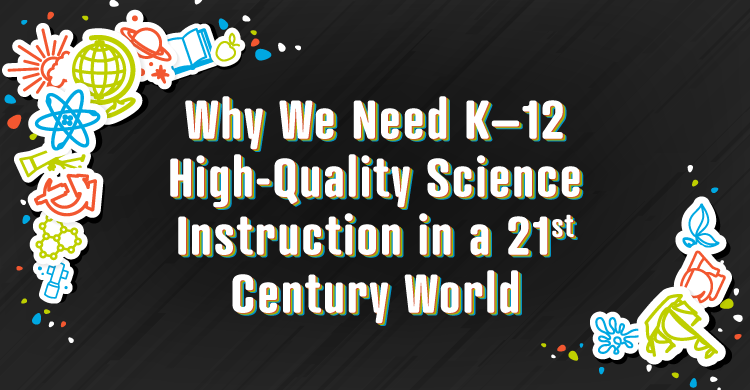
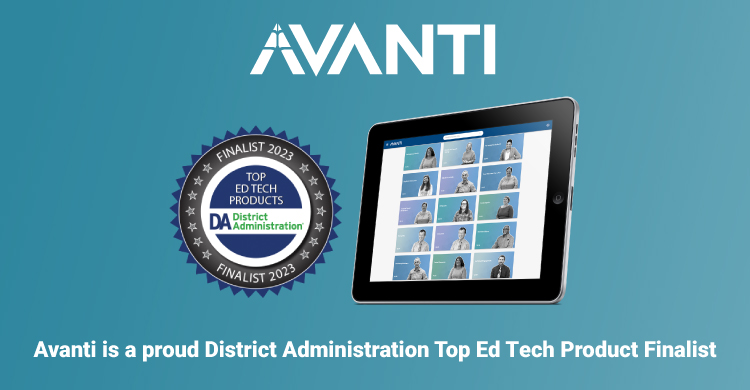
The importance, relevance and need of these deeper learning skills are absolutely necessary for success in the 21st century. As an SLP, PLC Trainer and Special Education Dept. Chair in a high school setting I worked on teams with special and regular education teachers to recognize and analyze student skill gains and deficits across contents. Working on the fundamental skills covered by Common Core standards helped staff understand how these skills are required to meet learning goals. A colleague and I just presented In July at the ASHA Schools Conference about this topic and I would love to share our PLC methods and results with others. SLPs are experts in learning and provide ongoing crucial collaborative support in the increasing complexity of teaching to help gain student success. Using every bit of training I gained from Solution Tree has made all the difference in leadership and team work.
Judith Ludwig-Keller
judykeller610@gmail.com